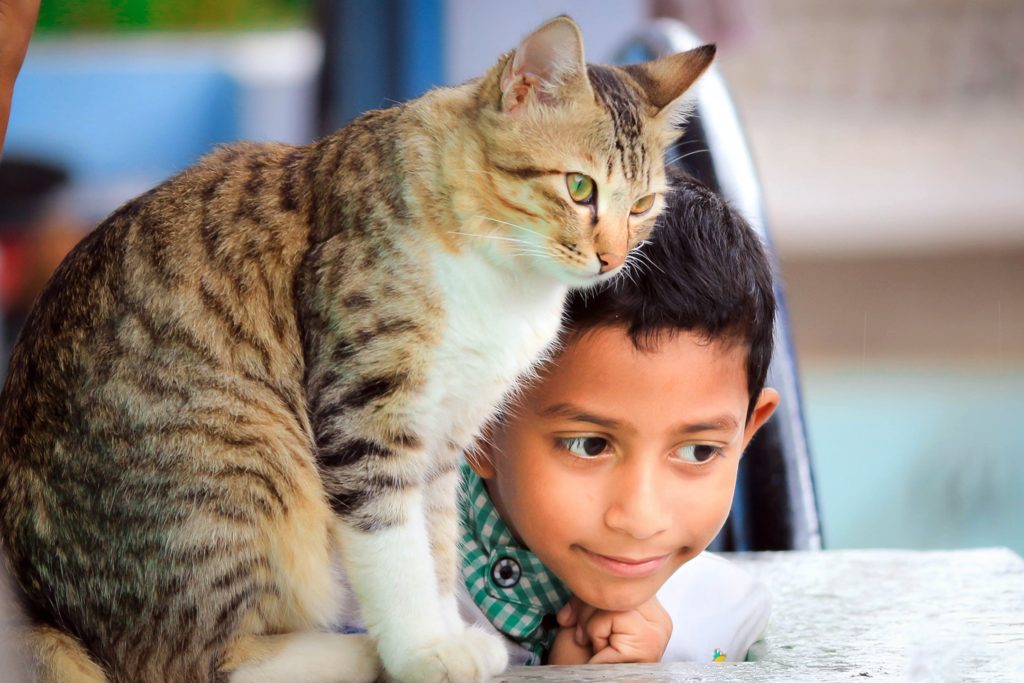Enrich foster pet programs by addressing the needs of marginalized communities
Every year, millions of pets end up in shelters or in the care of rescue organizations. 911fosterpet’s co-founder, Betsy Banks Saul, shares her thoughts on how we can help and expand the foster program by tapping into the underserved segments.
Animal sheltering, at its best, is a community endeavor. However, if our volunteers are mostly from relatively affluent, well-educated families, our success may be unnecessarily limited. In an effort to engage more members of our society in our life-saving solutions, and to better identify areas of need, we should endeavor to seek out underserved segments of our populations.

Expanding the program
Historically, many community outreach programs have endeavored to draw support from the enriched members of our community and serve the less fortunate. Some of our services, in animal control, adoption, and licensing have been perceived or experienced as heavy-handed, leading to distrust and, in some cases, disproportionately negative experiences with our “cause”. ALL of our programs will be more effective if we empower ALL segments of our community to get involved. Additionally, as we identify ways to make our programs more equitable and inclusive, our efforts will be more quickly realized if we engage new (formerly marginalized) segments to help.
It is therefore critical that, as an industry, we identify new ways to reach a diverse audience that includes people who are black, latino, of limited means, young, and the elderly. Fostering a pet presents an excellent and relatively untapped opportunity to do so.

The untapped opportunity
One way to garner the support of marginalized populations is to offer them opportunities that directly address their needs at the same time. For example, high school students looking forward to college bolster their college applications by volunteering. The same is true for college students heading to graduate school. However, minority students are often unable to volunteer due financial constraints and, therefore, may appear as weaker candidates than their counterparts. Fostering provides a unique opportunity that could free students from choosing between working and volunteering (they must often work while in school to pay their own wayl or to help pay family bills).

How to reach them
Ways to reach these young people may include high-school FFA programs (FFA was founded on the principle that we change the attitude of the community by enlightening the children who then bring the parents around), community college which often have accelerated high school programs like vet-tech schools, college pre-veterinary advisors, and pre-med college organizations.
In addition to these, college bound service organizations exist within most high-schools to expose underrepresented youth to opportunities. In all of these cases, fostering for your shelter should be one of the options for volunteering — one in which the whole family can participate without losing a breadwinner.
If your school or college is an International Baccalaureate school or has a Latino American Student Association (LASA) for instance, there will be local representatives with whom you can develop a relationship. They will likely welcome your interest and invite you to present to their students. If you are near a college, the Black Student Union exists for the purpose of increasing curricular, and extracurricular, opportunities for black students – and the chance to boost their CV’s are a top priority.